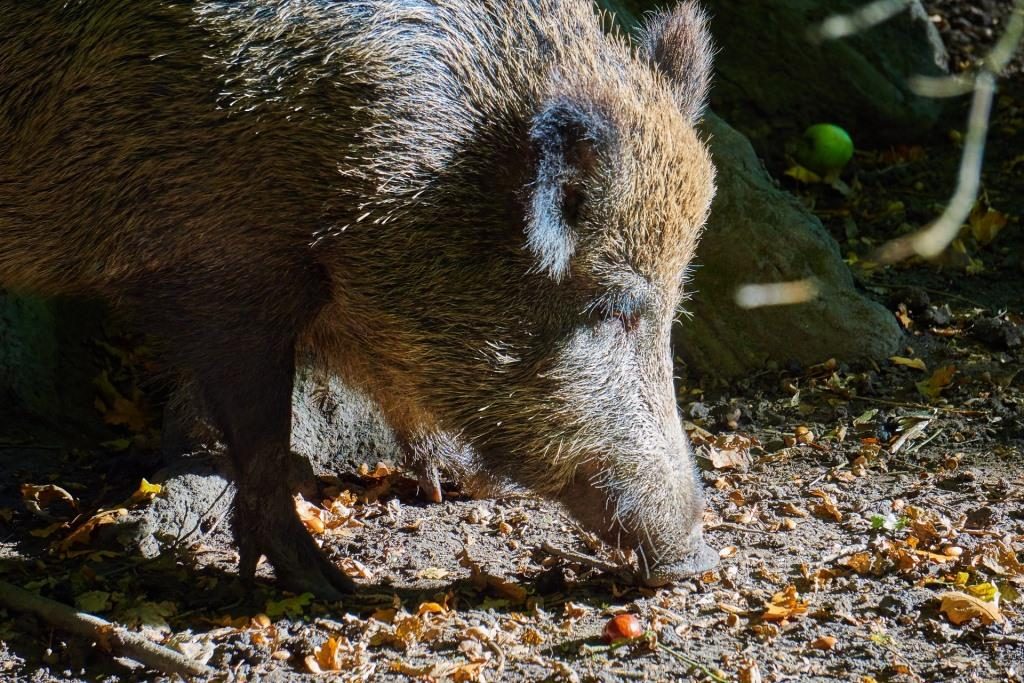‘Medium risk’ of swine fever entering UK
The risk of swine fever entering the UK remains at ‘medium’ after the Belgian Authorities reported two cases of African Swine Fever (ASF) in wild boar in the Luxembourg region, close to the border with France.
The Department of Environment, Food and Rural Affairs (Defra) says the risk level, which was recently increased to medium on a temporary basis, will now remain in place.

Defra say the risk of swine fever entering the UK remains at ‘medium’.
The risk of exposure to the pig population in the UK is still dependent on the level of biosecurity on pig premises and is still considered to be low, although the situation is being kept under review.
Belgian authorities offered two disease reports involving four wild boar altogether, and samples were tested by Polymerase Chain Reaction (PCR).
Three of the adult wild boar found dead were in a state of decomposition; the third animal was a young weakened animal which was shot dead.
This marks the first identification of ASF in wild boar or domestic pigs in Western Europe in several years.
The source of virus incursion has not been confirmed, and investigations are continuing.
At present, there is no further information on how the disease has been introduced into this area.
It is not believed to have been through movement of wild boar as there are no known cases in close proximity to this area of Belgium.
Given the distance between other confirmed cases of ASF in wild boar, it is most likely that infection has been introduced by movement of fomites or infected meat products from ASF-infected areas, in other words, human mediated.
These cases reported in wild boar are said to be concerning as there are large numbers of wild boar in this area, crossing EU borders, which is forested.
Defra explains it is important to highlight that all products of porcine origin (including wild boar), unless processed in a certain way, are a high risk commodity from affected areas.
These products include fresh or frozen pig meat, salamis and hams, skins and bristles, germinal products, live animals, hunting trophies and any equipment which has had contact with an affected animal or the environment where they are found.
The report suggests pig keepers and veterinarians should remind themselves of the clinical signs for ASF.

 Global poultry market ‘being challenged’
Global poultry market ‘being challenged’ National Association of Catering Butchers merges with Association of Independent Meat Suppliers
National Association of Catering Butchers merges with Association of Independent Meat Suppliers
